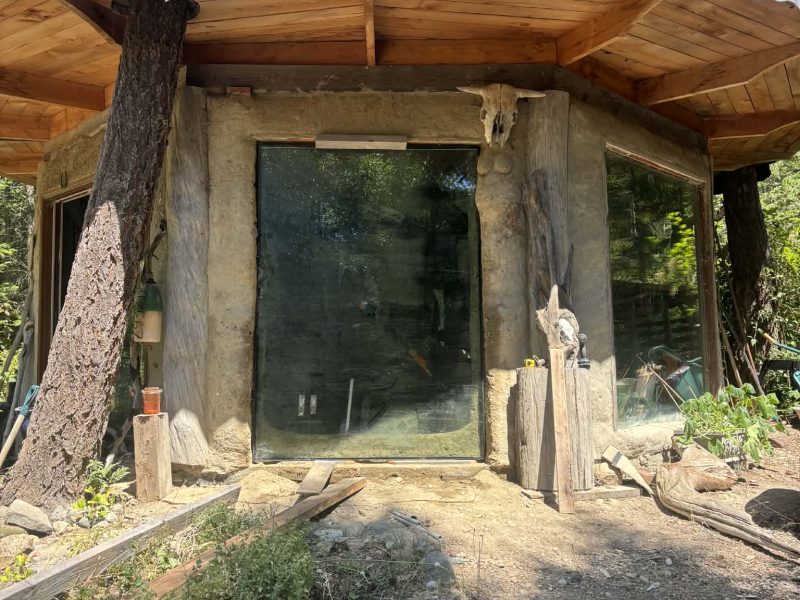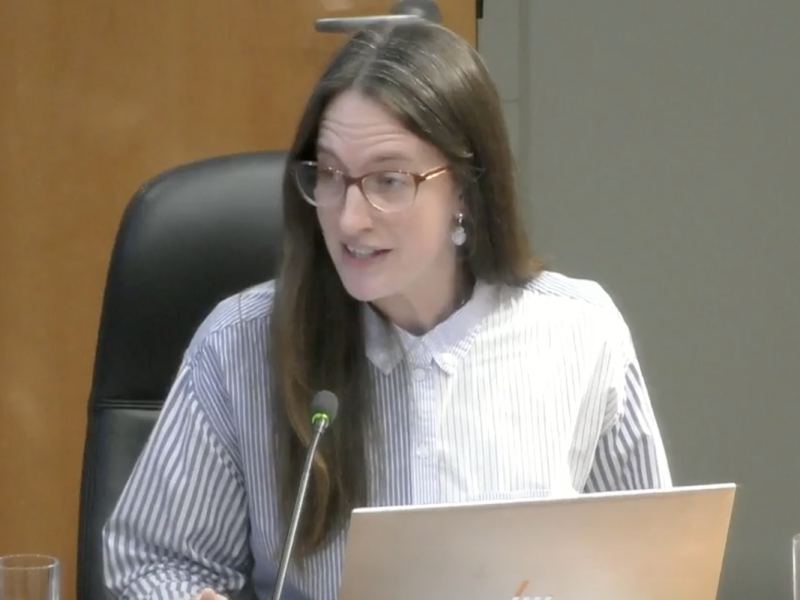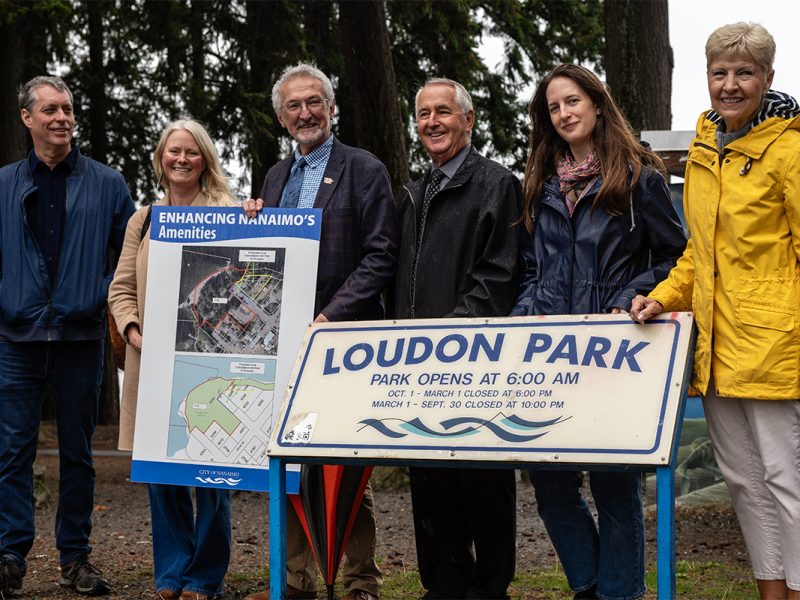
This is part one in our mini-series Housing Gabriola, part of a wider investigation into rental affordability, Making Rent. Read part two here. Sign up for our weekly newsletter for the latest updates on our reporting.
For decades Gabriola has existed as a small rural island community dotted with summer homes, small farms and a close-knit population of full-time residents seeking a quiet and somewhat isolated lifestyle connected to nature.
Directly across the Strait of Georgia from Vancouver, and just a 20-minute vehicle ferry ride from downtown Nanaimo, it was inevitable that Gabriola’s central location would eventually make the island a desired destination for people seeking a beautiful and serene location to settle into their retirement years or invest in a second home.
Today it’s estimated that more than 150 residents turn to local social services like food banks every week. About half of Gabriola’s 4,200 residents pay more than 30 per cent of their income on housing, which is the standard measure for affordability, as many resort to garden sheds and other illegal suites for housing.
The anxiety experienced by the growing number of people on Gabriola—many of them long-term residents—struggling to access and secure affordable rental housing is almost palpable.
But rather than wait for outsiders to respond to the crisis, a signature proactive spirit has led a volunteer-run, grassroots housing society to spearhead an ambitious 24-unit housing development called Paisley Place.
An island ‘mandate of inclusiveness’
The island was originally the historical location of the spring/summer village of the Snuneymuxw people dating back at least 2,000 years, located on the south side of the island on the shores of False Narrows, which flows between Gabriola and Mudge Island.
As with many islands like Gabriola, after an influx of early settlers the Gulf Islands also began attracting ‘back to the land’ types—folk with limited means seeking simpler lifestyles, a more holistic approach to existence and a more chill alternative to the exhausting pace and steadily escalating financial demands of urban living under a capitalistic model.
With a highly diversified population ranging from the rich to people living well below the poverty line, the community has worked to maintain a mandate of inclusiveness that is evident by the evolution of local public services.
In recent times, Gabriolans have pooled their skills, human resources and funds to create such services as the Hope Centre childcare facility, a volunteer fire department, a community bus system fondly known as the GERTIE Bus, a fully functional recycling depot (GIRO), a seniors centre, a highly active arts council, a community hall, an emergency preparedness plan and the Gabriola Rescue of Wildlife Society (GROWLS).
A decade ago the Gabriola community came together with local health professionals to create the Gabriola Health Care Foundation to turn around a local health care crisis resulting in the construction of a community clinic employing both full-time and part-time medical practitioners, social workers, mental health professionals and administrators. The impressive facility houses a medical lab, surgery and dental clinics and a helipad for emergency evacuation.
In 2005, the Amazing Grace Ecological Society, a group formed by a few ecologically-minded Gabriolans, purchased the site of a 26-acre goat farm located in the heart of the commercial village and created a unique property set aside in perpetuity as a community ecological commons.
Today the property known as Gabriola Commons is home to People for a Healthy Community, an organization that hosts programs in food security, early academic success, social isolation response and other health concerns. The Gabriola Commons also provides access to a commercial kitchen, a community garden and is host to a farmer’s market, the Poetry Gabriola performance yurt and the annual Cultivate theatre, art and music festival produced by the Gabriola Arts Council.

Residents get to work on housing Gabriola
This is the kind of proactive community spirit that tends to prevail on Gabriola Island, and in recent years, concerned citizens have begun to turn their focus toward the housing crisis.
“Around 2010, people on the island began to get really alarmed with what was happening with land prices,“ says Jenni Gehlbach, a longtime Gabriola resident who serves as secretary and communications director for the Gabriola Housing Society (GHS), a non-profit organization formed by a group of concerned Gabriola citizens.
“It started the first decade of this century, the prices began to surge, and buying and renting became increasingly difficult. There were several people in the community who were concerned about it and they started to interview people who were having difficulty finding housing.”
After a couple of years of assessing the situation, they concluded that it would be essential to set up a separate organization that could acquire charitable status which would enable them to actively collect tax-deductible donations and purchase property.
As a result, the GHS was formed in 2013 with the mandate to provide housing to lower-income people.

Over the next few years, the volunteer GHS board came together and began working to secure charitable status from the government, which Gehlbach describes as “not easy.”
“You have to have all kinds of things in place for that legally, and you have to really define your aim very carefully, as the tax department is quite suspicious because land prices are involved,” Gehlbach explains.
Fortunately, in 2018 the Islands Trust conducted a Housing Needs Assessment for the northern Gulf Islands, which includes Gabriola.
The assessment concluded that should the population of the island increase to 5,295 in the next 20 years, Gabriola Island will need an additional 28 units per year, with 42 per cent designated as affordable. To achieve this goal, 12 new affordable housing units would have to be created each year for the next 25 years.
It also found that the median household income on Gabriola is significantly lower than in B.C. as a whole, which exacerbates the housing affordability crisis.

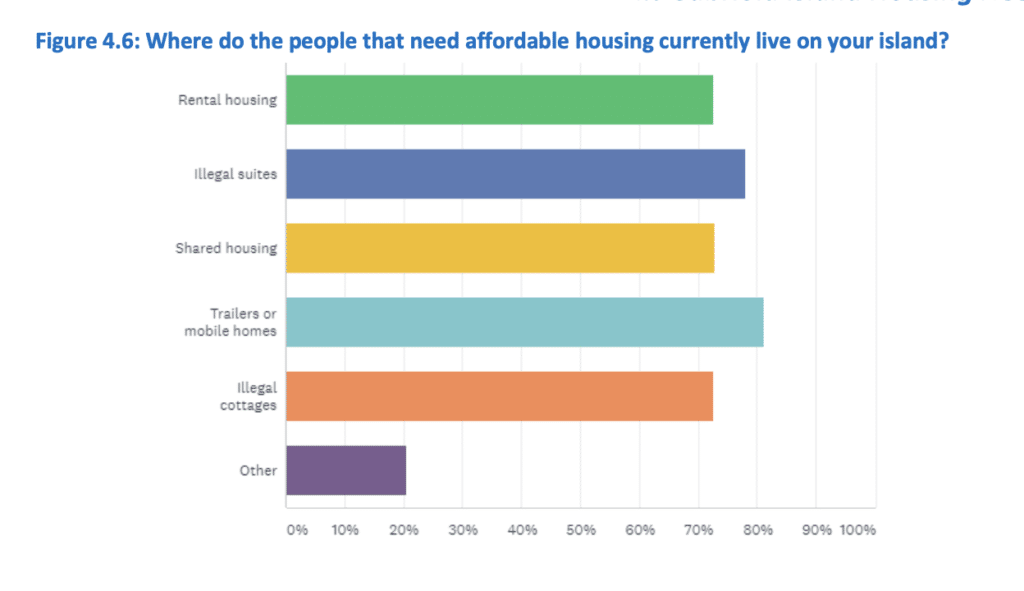
The Islands Trust housing needs assessment worked to validate the concerns of the GHS and as a result the group eventually was able to secure its charitable status in the spring of 2019.
Envisioning new way of housing Gabriola
But building a housing complex on a small island requires appeasing another key player: the community itself. They began hosting public meetings to allow the community to chime in on what factors they felt were crucial to the success of the project.
After conducting extensive interviews and workshops, the GHS concluded that the new housing development should be located centrally near the Gabriola Island commercial ‘village,’ close to amenities and public transportation like the GERTIE Bus and the ferry dock.
But now they needed land. And given the housing boom and limited supply, they also needed a fair amount of luck to successfully secure property.
A month after earning its status as a registered charity, the GHS received a $15,000 loan from Gabriola Island Community Investment Co-op thus enabling the group to hire a development consultant for the project. And by July 2019, the GHS received their first substantial donation for $24,000 from an anonymous community donor.
From that moment on it seemed that the GHS was on a roll, so the next step was to find the most suitable piece of real estate that would sufficiently serve the diverse needs of the project identified by the community through surveys and public forums. One of the available properties was owned by Emcon Services Inc., the road and bridge mechanical contractors who were contracted, until recently, to maintain the road system in the Regional District of Nanaimo.
Emcon owned an eight-acre area of forested land called Paisley Place located on the north side of the Gabriola Island commercial village directly across from the Gabriola Commons. The forested three-lot property was centrally located and assessed by GHS as a suitable site for their proposed affordable housing project.
“At that point, we were beginning to pin all that down and measure the attributes of all those various pieces of land, and then the Emcon property came on the market,” explains Gehlbach.
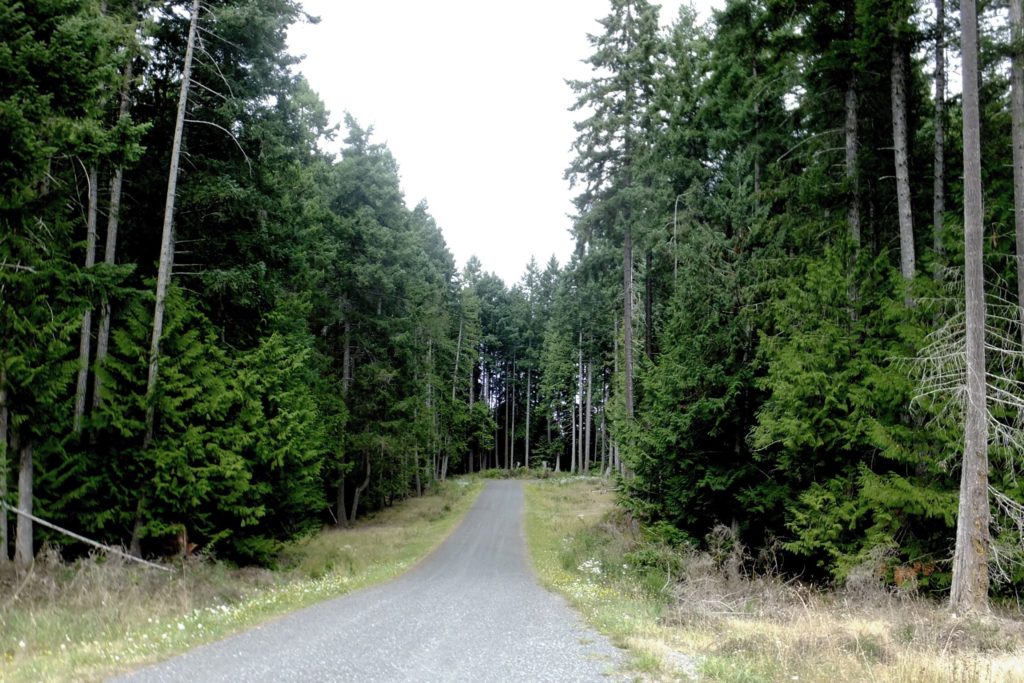
“So we decided to go out on a limb and approach the owner about whether he would make us a deal or something, and to our delight and amazement, they said that they would donate the land in return for a tax receipt.”
It was this generous gesture and the fact that the GHS had secured charitable status that ultimately gave the Paisley Place project legs, as well as a name.
From there they were able to develop plans for the 24-unit affordable rental complex—a mix of studio, one, two and three-bedroom apartments—subsidized so people pay no more than about 30 per cent of their income on rent, though some of the units will range in price to help subsidize the project and encourage a community of varying income levels.
Next up, getting Paisley Place funded and off the ground. [end]
To read part two on Housing Gabriola, sign up for our Nanaimo This Week Newsletter.

